Euphorbia comb: how is it grown and what is it useful for?
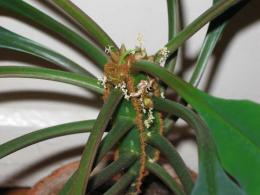
Comb spurge is an evergreen shrub that has a ribbed trunk reaching a height of 120 cm. The plant’s homeland is the island of Madagascar, and it is most common in Transbaikalia. Grows in tropical and subtropical forests on coastal sandy soil.
Content:
Plant morphology
Flowering begins in the summer in the first year of life. Sometimes the stem is erect, less often it is spirally twisted. It has a bright green color, spines that reach 3 cm and have a longitudinal arrangement. The stem is much thinner in its lower part, up to 0.5 cm in diameter; it has no ribbing and takes on a simple appearance with a slight brownish tint.
Comb spurge differs from other spurge species by the arrangement of yellow-green flowers at its tip on a red-green peduncle. The shoots are formed by 5 edges, and after the leaves fall off they acquire characteristic gray scars. Small cilia are visible in large numbers on the ridges. The leathery leaves have an oval and elongated shape, the surface of which is glossy, with a bright green or red tint on top, and light green below.
The vein running along the midline of the leaf has many other lateral veins perpendicular to each other. Each of the petioles of such leaves reaches an average of about 1.4 cm, while they are durable with a pronounced red color.All leaves grow only at the top, the appearance of which can be called a lush sultan.
As the plant develops, the stem gradually lengthens, leaves fall off and leave grayish scars. At the very top, new leaves grow over time. The tissue photosynthesizes quite well with the help of a reflector, which is located on the underside of the leaf.
Home care
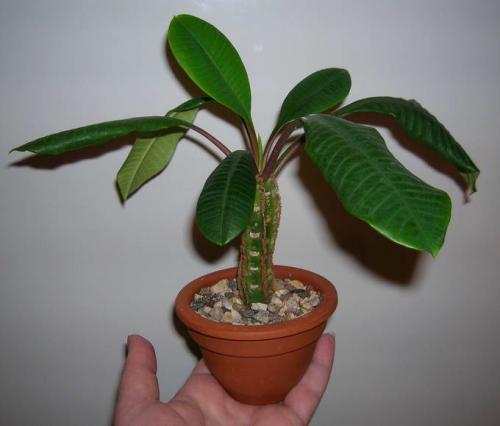
Euphorbia comb needs enough light (not direct rays), heat and moisture. The plant suffers greatly from shading, so in dimly lit rooms the stems begin to become bare ahead of time, producing small leaves. In illuminated areas, the leaf becomes larger, brighter and juicier. Therefore, so much depends on the illumination, namely: the size of the leaves, their shape and life span.
In winter, the plant can withstand temperatures not lower than 15?. It is possible that the leaves will begin to turn yellow and fall off. This can happen mainly due to sudden changes in temperature, highly moist soil and drafts. To prevent this, the plant should be provided with additional lighting.
In summer, spurge requires a lot of water, but it cannot be overwatered, because the roots will begin to rot, and insufficient watering causes the leaves to dry out and fall off. Euphorbia is much easier to obtain from seeds, which the plant scatters over a distance of up to a meter, so you should not be surprised if you notice them in other pots. Comb spurge propagates by collecting seeds sown on the surface of the ground under covered glass.
The first shoots are moved directly into the soil. Accelerated development occurs with good nutrition. Over the course of a year, spurge can reach 15 cm in height.
Medicinal properties
Euphorbia comb is a real medicinal raw material. Seeds, leaves, roots, and juice are used in medicine. The roots contain tannins, resins, saponids, ascorbic acids, bitter extractives, and starch. A powder is obtained from the root, which is sprinkled on ulcers, burns of varying degrees and boils. The juice of the leaves is used against age spots on the face and formations such as warts and calluses.
The milky sap, which is obtained by cutting branches, has the following effects on the body:
- Painkiller
- Anti-inflammatory
- Diaphoretic and diuretic
- Antihelminthic
Euphorbia has the following properties:
- Tonic
- Stimulating
- Blood purifying
- Laxative
The plant is assigned for tumors, peptic ulcers, diseases of the gastrointestinal tract, edema, paralysis, and animal bites. The folk remedy from milkweed is now used externally.
Application of the plant
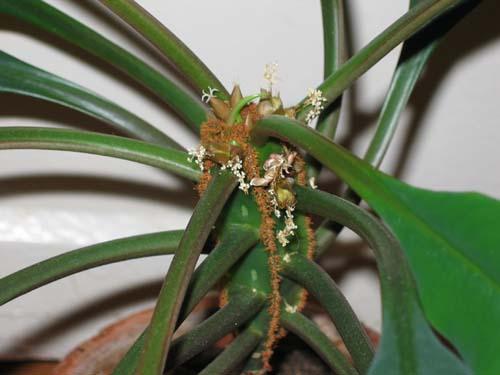
- To get rid of external diseases, such as fungal skin infections, eczema, lichen, warts, make a mixture with a ratio of 1 tbsp. spoons to 500 ml of boiling water. The infusion time should not exceed 30 minutes followed by straining. Take baths for greater effect.
- For stomach disorders and liver diseases, use a mixture that is prepared in the ratio of 5 g of roots to 500 ml of water. Boiling should take a short time (15-20 minutes). It is necessary to strictly take 1 tablespoon before meals.
- Alcohol tinctures are also understood as homeopathic remedies, the ratio of which is 1:30. The infusion time can last up to 10 days. This tincture should be taken in increasing drops (1-30 k), and when the maximum concentration is reached, the dose should be gradually reduced.
Steppe honey has a specific taste. It has a grayish brown mass. Liquid in consistency and crystallizing over time. This product contains a large amount of iodine, which is why it has a dark tint. It is released from milkweed when the temperature ranges from 25-30 degrees outside. It is useful for diseases of the thyroid gland, also for ulcers, gastritis, varicose veins, sclerosis, rheumatism, insomnia, liver disease and fatigue.
Video about the famous indoor plant Euphorbia:
Interesting information about the vegetable garden

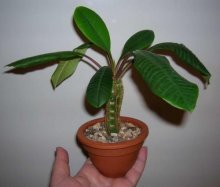
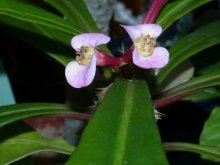
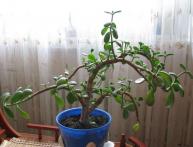
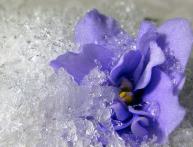
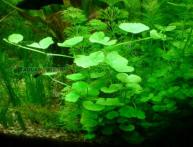
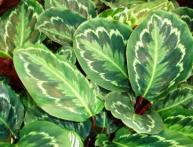
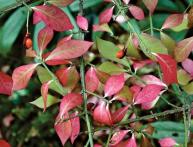


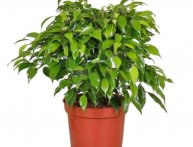
Comments
Share your rooting experience if anyone has tried it. I was unable to root the top either in water or in a peat tablet - it rotted.